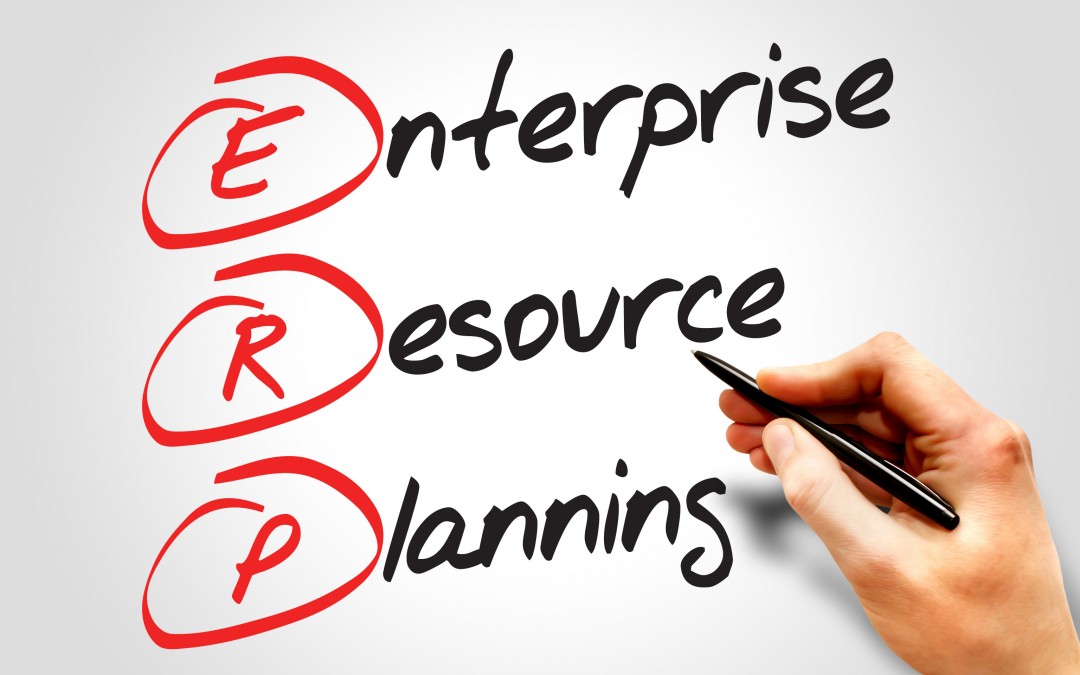 Have you implemented an ERP system only to find, months or even years later, your employees are still hanging onto their spreadsheets? Is it the fear of the unknown? Perhaps they don’t understand what the ERP can do for them. Whatever the reason, embracing the ERP system is an important step in getting the promised value.
Have you implemented an ERP system only to find, months or even years later, your employees are still hanging onto their spreadsheets? Is it the fear of the unknown? Perhaps they don’t understand what the ERP can do for them. Whatever the reason, embracing the ERP system is an important step in getting the promised value.
Whether it’s through fear of the unknown or misunderstanding of the role of ERP in their lives, these spreadsheet-o-philes love their formulas and charts. Believe us when we say that they probably didn’t love those formulas and charts the first time they sat down to run a spreadsheet. Most of us forget the learning curve that accompanied those first spreadsheets: the missing formulas, the printing problems that create reports that should be distributed with a magnifying glass, and so on. We’ve all been there. But we quickly forget how quirky spreadsheets can be. The skills learned as we continue week after week, month after month, using and manipulating data on spreadsheets are hard won, and we don’t want to give them up.
Fortunately, you can get the full value of your ERP system and swap the spreadsheet for systematic data retrieval and reporting. If you are transitioning your company from an older model to a forward-thinking ERP system, these tips can help.
Three Tips to Get Employees to Embrace Their ERP
Include everyone in the requirements-gathering stage: It’s tempting to include only the IT department and perhaps finance in the ERP information-gathering stage. But you need people from throughout the company, and a good representational sample from all departments who will interact with the new ERP system. Include more people to ensure no area is left unrepresented in the requirements-gathering process. By making sure that you understand the concerns and requirements of each department before a vendor is selected, you’ll stand a much better chance of choosing software that employees look forward to with anticipation rather than trepidation.
Get them onboard early: The first step is to make sure that ERP implementation isn’t a surprise to anyone. Ensure that everyone who uses the system in any way knows about it well in advance. Schedule presentations and training sessions, and talk to team leaders to include several staff members in the decision to choose ERP vendors.
Schedule training often: In addition to including everyone in the requirements-gathering and getting folks on board the ERP train early, make sure you schedule frequent training sessions. Adults learn best by repetition, and remember only what they have learned more recently. If you train people weeks before the system is fully implemented, they may lose interest or simply forget the instructions prior to the system’s launch. Weak training leads to weak adoption throughout the company since people won’t know what to do with the ERP system. Schedule frequent training for employees, and make sure you have several experts trained in each department who can troubleshoot problems and provide on-the-spot training as needed.
Ask Your Vendor for Help with ERP Implementation
Don’t forget to talk to your software vendor about any concerns you may have about implementation. The good thing about working with an independent vendor is that they’ve worked with dozens (or even hundreds) of other implementations before. Your vendor has probably seen similar problems, and can offer insights, solutions, and action steps to address them all. Bring your vendor into the picture and ask for help as needed.
ASI: Helping Companies Through Transitions
ASI works with companies in many industries to develop solutions for their business needs. From ERP to CRM and beyond, we understand the impact that the right solution can make on your company’s operations. Contact ASI so that we can review your current business situation and recommend ways for you to embrace your ERP.

